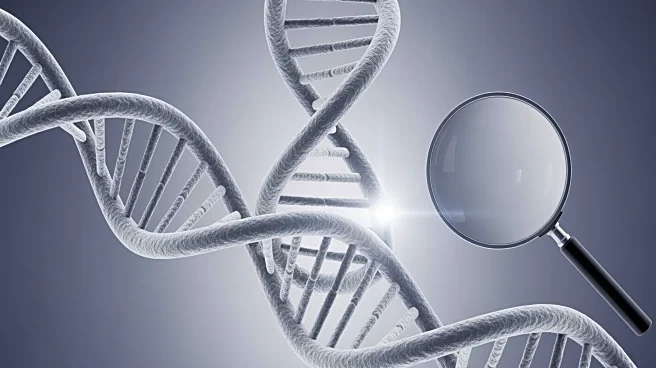What's Happening?
A recent editorial highlights the significant contribution of British chemist Rosalind Franklin to the discovery of the DNA double helix structure. Franklin's work, particularly her Photograph 51, was crucial in disproving Linus Pauling's triple helix model
and enabling James Watson and Francis Crick to develop their Nobel-winning model of DNA. Despite her pivotal role, Franklin did not receive a Nobel Prize due to her untimely death from ovarian cancer in 1958, as the prize is not awarded posthumously. The editorial also notes that Watson, who had previously described Franklin unflatteringly, later acknowledged her indispensable contribution to the DNA structure discovery.
Why It's Important?
The recognition of Rosalind Franklin's work underscores the importance of acknowledging contributions from all scientists involved in major discoveries, particularly women who have historically been overlooked. Franklin's research was foundational to the understanding of DNA, which has had profound implications for genetics, medicine, and biotechnology. Highlighting her role not only corrects historical oversight but also serves as an inspiration for future generations of scientists, emphasizing the collaborative nature of scientific discovery.













